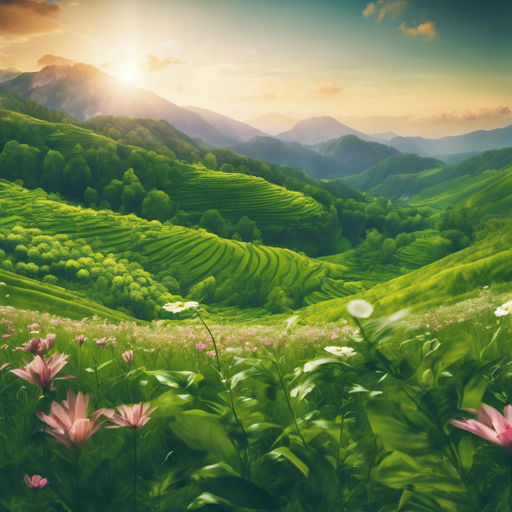Welcome to the world of digital artistry, where imagination meets cutting-edge technology! In this article, we’ll explore how to use the Natural Vision model, developed with Stable Diffusion (SDXL), to create breathtaking images. Let’s dive in!
What is Natural Vision?
Natural Vision is a powerful image generation model designed to create photorealistic images. It leverages the capabilities of the SDXL v1.0 model to not only enhance visual appeal but also provide versatility in output dimensions. Think of it as an artist equipped with an expansive toolkit, ready to paint anything from vivid landscapes to intimate portraits!
Setting Up Natural Vision
Here’s how you can start harnessing the power of Natural Vision:
- Base Model: SDXL v1.0
- VAE: sdxl-vae-fp16-fix
- Type: Full-parameter fine-tune, FP16
- Medium: Photorealistic, Cinematography, Photography, Generalist
Recommended Generation Dimensions
When generating images, the dimensions are vital to ensure the final product meets your expectations. Here are the recommended dimensions:
- 1344×768 (16:9) — Cinematic Film Stills
- 1536×640 (21:9) — Ultrawide Cinematic Film Stills
- 1152×896 (4:3) — Fullscreen
- 1216×832 (3:2) — Mobile landscape
- 1024×1024 (1:1) — Square
- 1024×704 (11:16)
- 768×1344 (9:16) — Tall (Instagram stories/snapchat)
- 896×1152 (3:4)
- 832×1216 (2:3) — Mobile Portrait
- 704×1024 (16:11)
Latest Epoch
The current version boasts an impressive Epoch68. This indicates the sophistication level of the model, evolving with each new epoch.
Accessing Natural Vision
To start creating stunning images, you can find the Lightning Version of Natural Vision here. For those looking for an extensive collection of models, check out the Civitai Link (NSFW Warning).
Troubleshooting Tips
If you encounter any issues while using the Natural Vision model, consider the following troubleshooting ideas:
- Not Generating Images: Ensure your environment is set up correctly and all dependencies are installed.
- Low Quality Outputs: Experiment with different dimensions and settings to see what best suits your desired effect.
- Model Crashes: Restart and check your system’s resources, ensuring you have enough memory available.
For more insights, updates, or to collaborate on AI development projects, stay connected with fxis.ai.
Conclusion
At fxis.ai, we believe that such advancements are crucial for the future of AI, as they enable more comprehensive and effective solutions. Our team is continually exploring new methodologies to push the envelope in artificial intelligence, ensuring that our clients benefit from the latest technological innovations.
Analogy to Simplify the Concept
Think of the Natural Vision model as a master chef in a bustling kitchen. Just as the chef uses various ingredients and techniques to craft a delicious meal, Natural Vision employs layers and training data to create stunning images. The ‘ingredients’ here are the algorithms and models that, when combined and fine-tuned, generate visually appealing results. Much like how a chef would adjust the seasoning based on taste tests, you too will refine your image parameters until the output meets your artistic vision.
Now that you have a roadmap to navigate through the world of Natural Vision, unleash your creativity and get crafting!

